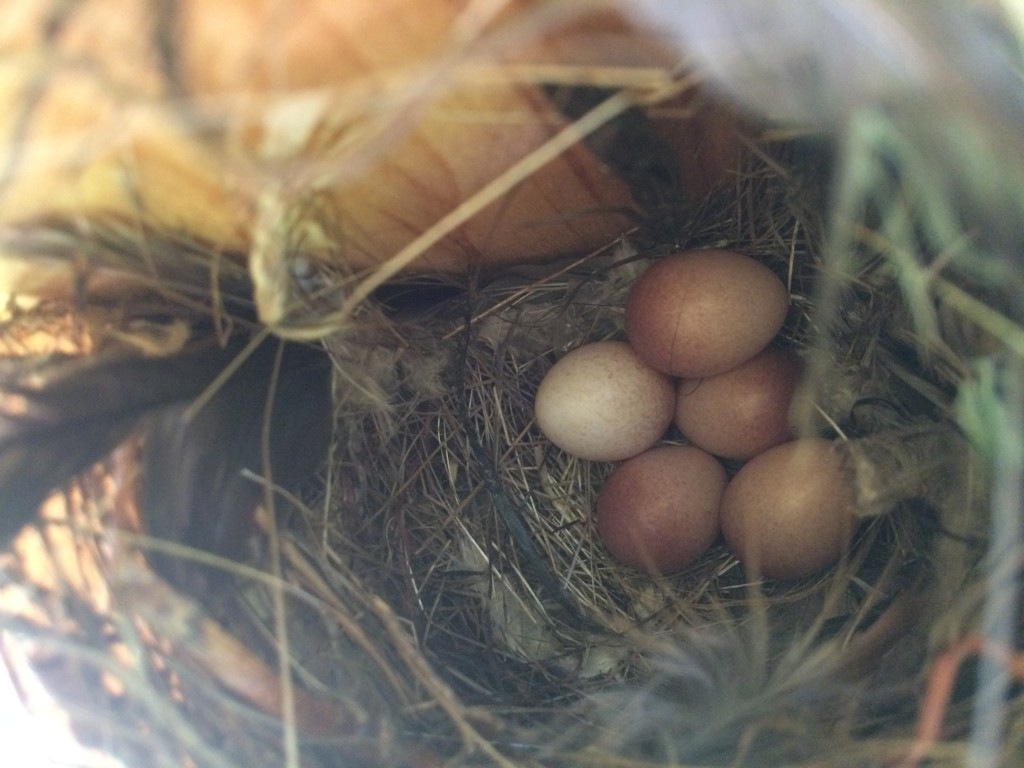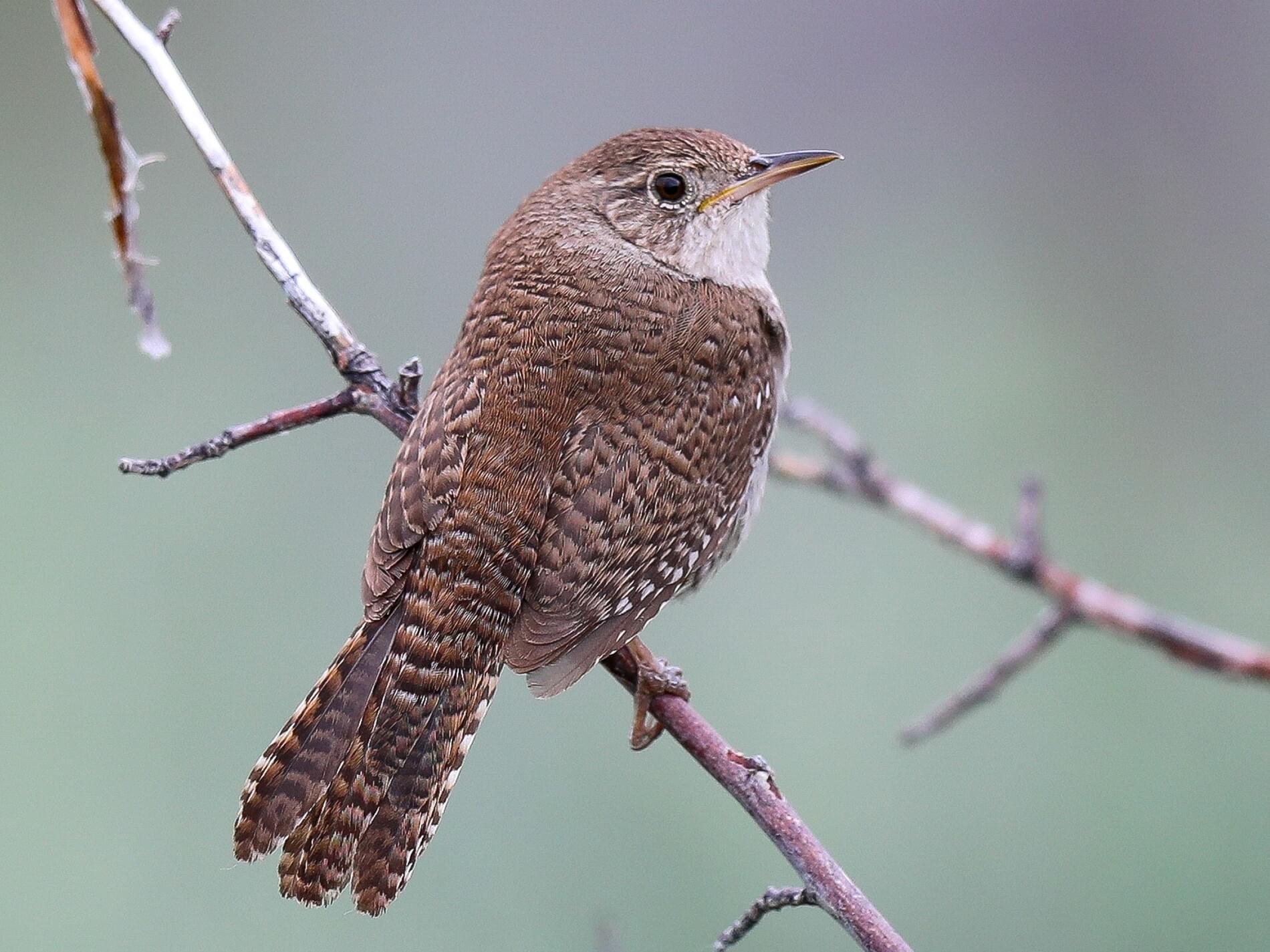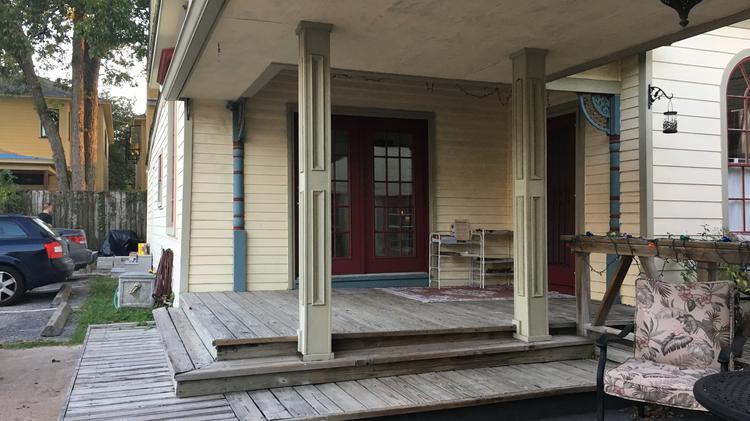Table Of Content

The house wren is a plain looking songbird, but its bubbling songs and nonstop activity make this cavity nester a pleasure to observe. If you choose not to encourage House Wrens to nest in your boxes (since they will remove eggs and young of other birds) see tips on Deterring House Wrens. Prefers sites near deciduous vegetation/edge, especially if there are lots of snags (standing dead trees). Usually avoids nest sites ≥100 feet from any significant woody vegetation, unless there are no other options. However, also avoids sites in heavily vegetated locations where visibility is low.
House wren nest appearance
Interesting note, spider egg sacs are part of the makeup of the nest building. However, Wrens are more likely to breed earlier at southern latitudes where it’s milder in late winter and early spring. House wrens are not especially picky about what cavity they nest in, so long as it’s small with a small entrance/exit.
Winter Wren
All the while, Sherman, an artist and budding ornithologist, meticulously recorded the birds' rendezvous, their squabbles, their romances, and their parenting trials. House wren eggs are very small, only about the size of a dime, and oblong. They are typically white, with reddish brown dots or splotches, but may sometimes be more brown overall. An unmated male does not sleep in nest cavity, but females may do so on most or all nights during nest-building until young fledge.
Songs and Calls
Checklists are a great resource to find out which birds are commonly spotted. These lists show which Wrens are most commonly recorded on checklists on ebird in summer and winter. Having wrens visiting your backyard lets you listen to their beautiful singing and watch these energetic birds up close.
American Flamingo
A great singer, the house wren is widespread in North America and South America, reaching the tip of Tierra del Fuego in Argentina and Chile. This article is intended to aid in identifying house wren nests and eggs. As you might expect, wrens build their nests at the beginning of breeding season–April to July in most places.
Should I Clean The Birdhouse Between Broods?
Bluebirds of Happiness - Door County Pulse
Bluebirds of Happiness.
Posted: Mon, 30 May 2022 07:00:00 GMT [source]
The male occasionally visits the nest to feed the female. The male also adds spider cocoons and egg sacs - researchers think this might be a deliberate choice to help clear the nest of mites. Clutch sizes for the second brood are smaller on average, ranging between 5 to 6 eggs. The nest and eggs of the Carolina wren are rather different.
During mating season, the male picks a few spots he deems appropriate for a nesting spot and places a few twigs into the cavity. These small birds are easily supported with nesting boxes, so long as they’re small enough to prevent use by larger songbirds. A House wren nesting box can be as small as 10 x 10 x 10cm with a 2.5cm entrance/exit hole.
Conservation Status
During the breeding season, they often feed protein-rich insects to their young and teach young fledglings how to catch their meals. When reusing nests, the male typically excavates the cavity and removes most sticks. This is thought to reduce parasitic mite infestations and other insects that have taken residence among the nesting materials. The house wren eggs are oval-round in shape with an approximate length of 0.64 in and a breadth of 0.5 in.
marcia-davis-prothonotary-warblers-get-lucky-nesting-near-a-protector - Knoxville News Sentinel
marcia-davis-prothonotary-warblers-get-lucky-nesting-near-a-protector.
Posted: Sat, 04 Jun 2016 07:00:00 GMT [source]
House wren favor semi-open habitats where they forage in bushes, thickets, hedgerows, and the understory of forest edges primarily within 20 feet from the ground. Wrens can be found in rural areas, low-density urban areas, and suburbs with enough vegetation and nesting sites. The remaining Cactus Wren habitat in coastal Los Angeles County needs to be protected from development. New Cactus Wren habitat needs to be created, and the wren’s use of the habitat needs to be monitored and studied.
Interestingly, males add other items such as wool, cotton, and the cocoons or egg sacs of spiders and other arthropods. It’s thought that hatching spiderlings consume mites and other parasitic insects, thus cleaning the nest. Once he selects a nesting site in a territory, the male begins to line it with twigs. Sometimes, males will comprehensively line the nest with hundreds of sticks, but other times, they’ll add just a handful. If the box is too large, other birds will nest inside and might kick wrens out or even attack or eat their nestlings.

An unstoppable waterfall of notes spills from the throat of the tiny, indefatigable house wren, one of our most beloved backyard birds. What house wrens lack in appearance they make up for with their songs. In fact, it’s not uncommon for male house wrens to sing nine to 11 times per minute during breeding season. Wrens often nest close to people, so you’re likely to hear them this spring. Listen for their boisterous melodies during the summer season. Their rapid rolling trill rises and then descends into a bubbling song.
Smaller and plainer than the related Carolina Wren, the House Wren is grayish-brown, with subtle barring on its wings, back, and tail, and a light (not white) eyeline. Like other wrens, the House Wren often carries its tail cocked up at a jaunty angle. Male House Wrens will sometimes remove old nesting material and reuse some of the sticks in the same nest box. During this time, the female will leave the eggs from time to time to feed. Back at the nest, House wrens primarily feed their nestlings a diet of soft-bodied insects such as caterpillars, beetles, flies, and spiders.
















